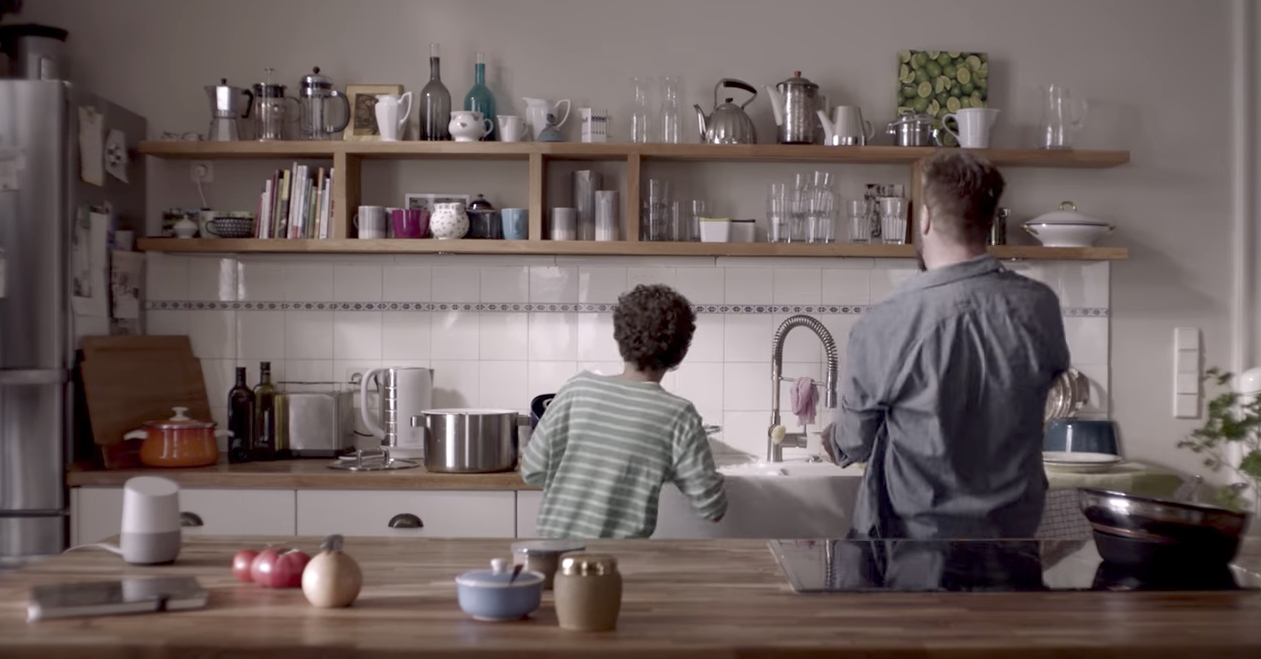Forget millennials, voice assistants are the new marketing audience
With Google Home and Amazon’s Alexa now a staple in many homes, marketers need to start figuring out how to market to robots, writes Publicis Media’s Patrick Whitnall.
Ok Google, so yes, I have accepted Google Home in to my household and become one of “those guys” as my mates tell me. It really is early days. Our usage is limited to asking the weather each morning, playing music, setting cooking timers and asking Google to relay animal noises to my two-year-old. We are not quite at the stage of buying smart light bulbs, so I still have some respect left with my friends.

It has, however, started to make me think about the possibilities that Google Home will have not only on my family’s lives, but also for our clients. One area is the creation of a new audience for advertisers.
We have become accustomed to our clients’ websites being technically sound and to have content that ensures relevancy in search, but with the growth of machine learning, do we start thinking about how we advertise to bots or how we convince them that our brand or service is far superior than our competitors as we become reliant on them to make recommendations?


I wonder what sort of creative will be effective in a campaign targeting voice assistants…
I can’t wait to be fed all my nutrients from a toothpaste tube.
Also, where is my flying car?
I’ve been waiting a long time for some improvements to basic technology and maybe these “smart assistants” will finally read out the name of the person calling on the telephone, this way we can all stop looking at the ringing phone as if it would help us understand who should answer it.